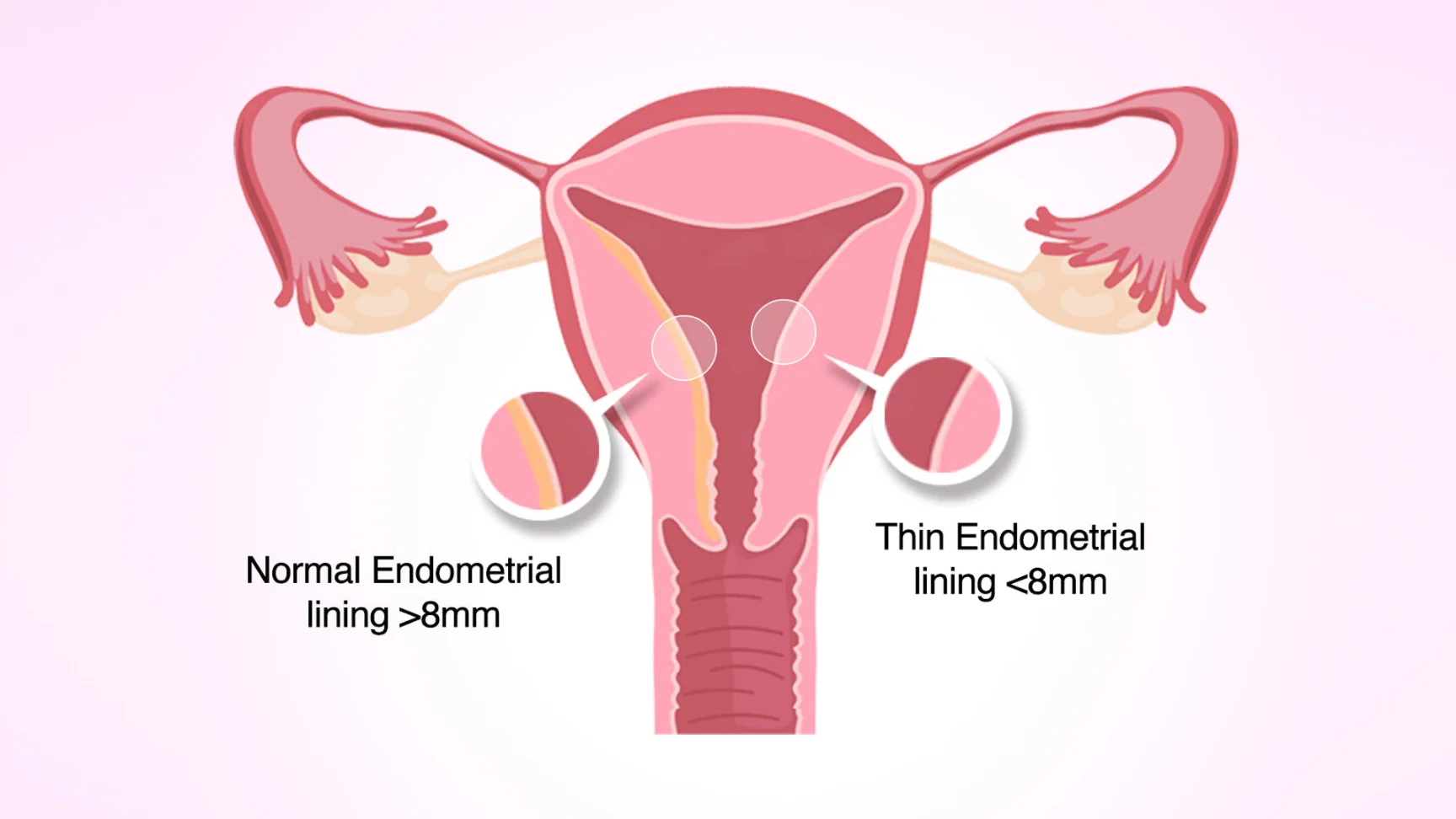Endometriosis Surgery

Endometriosis is a chronic condition where tissue similar to the lining of the uterus grows outside the uterus, often affecting the ovaries, fallopian tubes, and pelvic lining. This misplaced tissue responds to hormonal changes, leading to inflammation, scarring, and in some cases, the formation of cysts known as endometriomas. Endometriosis can cause symptoms such as severe pelvic pain, painful periods, pain during intercourse, and fertility challenges.
When medical management with pain relievers or hormonal therapy is not effective, or when symptoms are severe or fertility is affected, surgery may be recommended. The goal of endometriosis surgery is to remove or destroy the abnormal tissue while preserving healthy organs and minimizing damage to surrounding structures.
Laparoscopic surgery is the preferred method for treating endometriosis. It is a minimally invasive technique involving small incisions through which a laparoscope and surgical instruments are inserted. This approach allows for precise identification and excision or ablation of endometriotic lesions, adhesions, and cysts. In some cases, especially when the ovaries or other organs are significantly affected, more extensive surgical intervention may be required.
Surgical treatment can lead to significant symptom relief, improved quality of life, and increased chances of conception in women facing infertility due to endometriosis. However, the condition can recur, and long-term management may still involve hormonal therapy or follow-up care. A detailed evaluation before surgery and individualized planning are essential to determine the extent of the disease and choose the appropriate surgical approach.
